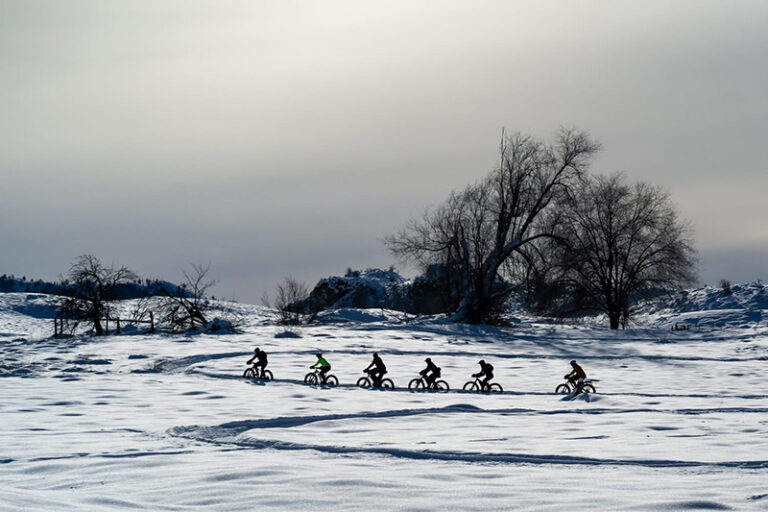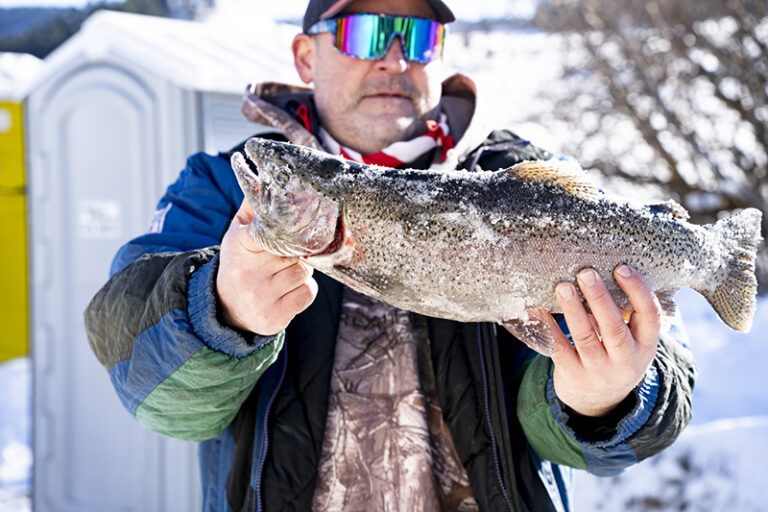Summertime is berry time—the time when all plants and trees are coming into their full expression in their yearly life cycle with fruit maturing into a beautiful, sweet lusciousness that we all love to eat.
I, for one, love to graze when I’m hiking in the mountains. The mountains can be prolific with berries when the weather conditions are just right. In this region, the wild huckleberry is highly sought after, but we must remember that we need to leave some for the bears. They need that sweet abundance of carbohydrates to store enough energy for the winter. And they need a lot of calories to maintain a 300-pound body! So please be mindful of their needs, so we can keep our mountains wild.
Luckily, huckleberries are not the only berry out there. We have thimbleberry, salmonberry, crow berry, black caps, watermelon berry, lingonberry, saskatoons and so much more. Many folks think these are poisonous, which is fine. That leaves more for the bears and me. Some berries are poisonous, though, so do make sure you know what you’re picking before you eat it.
During my time on Alone Season 9, I had an abundance of berries. Preserving the berries for wintertime was crucial to my survival. With no way to make jam, and no dehydrator, I chose to make fruit leather. Lingonberry, my primary berry, has a ton of natural pectin in it, which is why it lent itself to making great fruit leather.
Making fruit leather is easy and doesn’t require much. There are many recipes for making fruit leather, but all you really need are the berries. Sugar and pectin aren’t necessary. Berries already contain the sweetness of life, so why add processed sugar to a gift from nature? That’s just my viewpoint, from one who tries to live from what nature already provides.
Pectin, on the other hand, is helpful to make the fruit stick together. Some fruit contains more pectin than others, so if you have a berry that doesn’t have a lot of pectin, you can add other berries or tart apples to assist. My fruit leather on Alone consisted of wild blueberries, crowberry, creeping snowberry, bunchberry and lingonberry.
To make fruit leather, whether you’re in a kitchen or in the backcountry, all you need to do is simmer down your berries in a stainless-steel pot. (Don’t use a cast iron pot, unless you want black teeth, like I had on the show! That took 2.5 hours at the dentist to clean. The acids from the fruit will remove the seasoning from your pot and your leather will taste like iron.)
Mash the berries and simmer until most of the moisture content is gone. It will be super thick and sticky. Then, spread it out on parchment paper and let it dry in the oven on warm heat or in a dehydrator. If you’re in the backcountry, spread the mix on something dark, like a clean tarp, or something flexible, so that when the berries are dry you can get them off the surface. Set it out in the sun to dry. The dark color will warm up the berries and help the moisture to evaporate. A good breeze will also speed up the drying time.
Once dry, fruit leather is good for a few months. Its lightweight and condensed form make it easy to take into the backcountry. Just a few bites pack the super nutrition from the berries you harvested.
Have fun out there harvesting, be respectful to the plants, and remember to leave some for the bears!
Karie Lee Knoke is a wilderness/primitive skills instructor and founder of Sacred Cedars Wilderness School. She was a contestant on the reality TV survival show “Alone Season 9” on the History Channel. Go to www.karieleeknoke.com for more information, or follow her on Facebook @SacredCedarsWildernessSchool or Instagram @karie_lee_knoke













